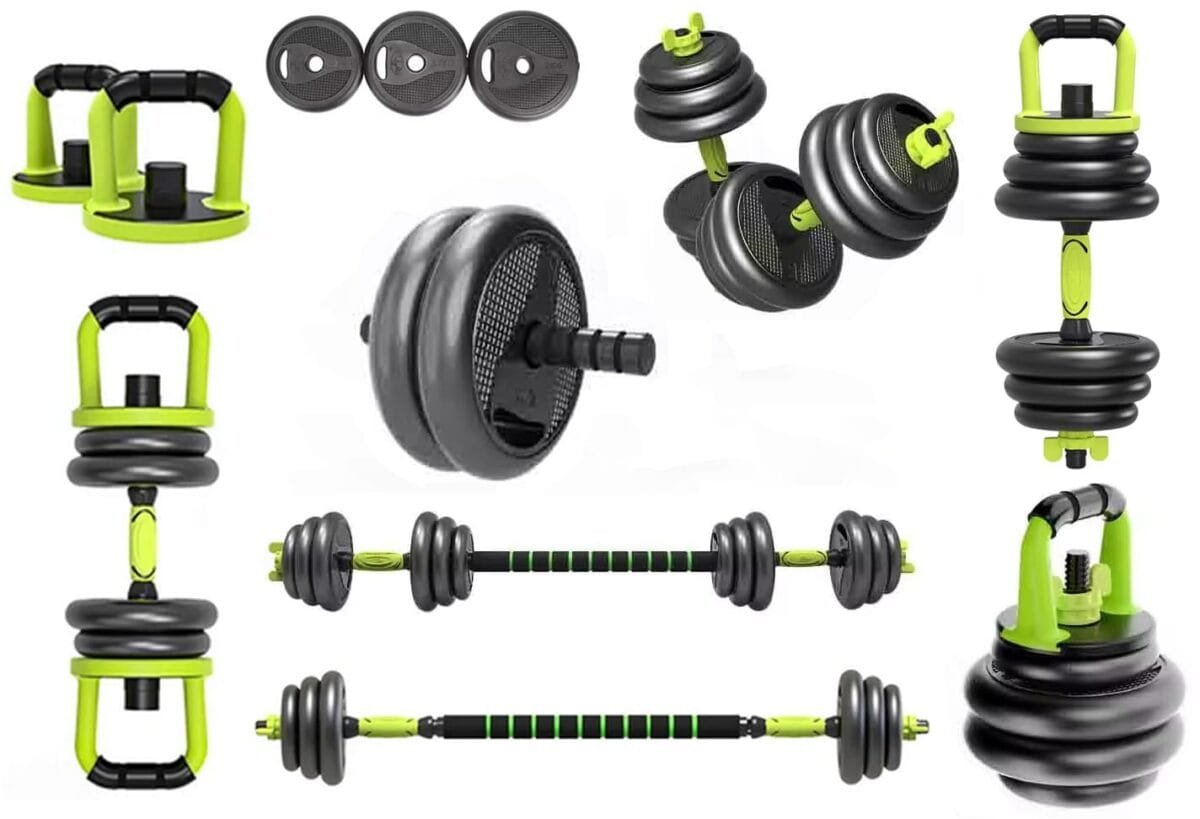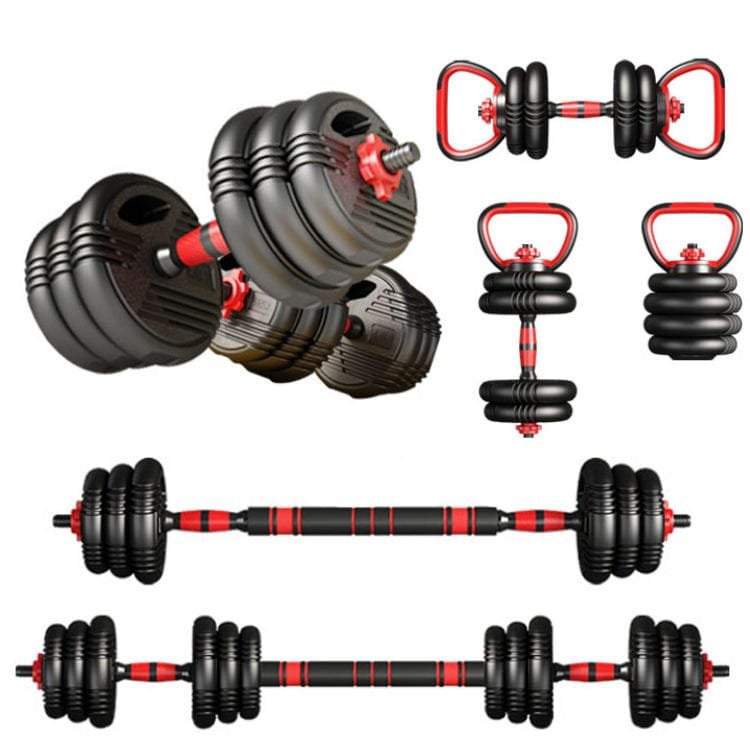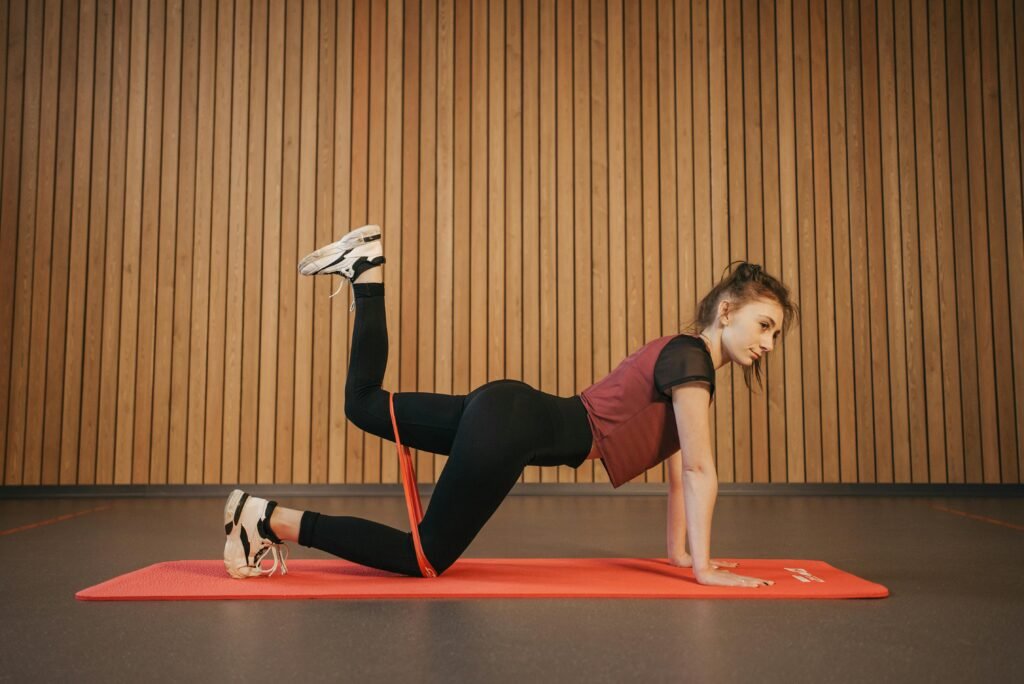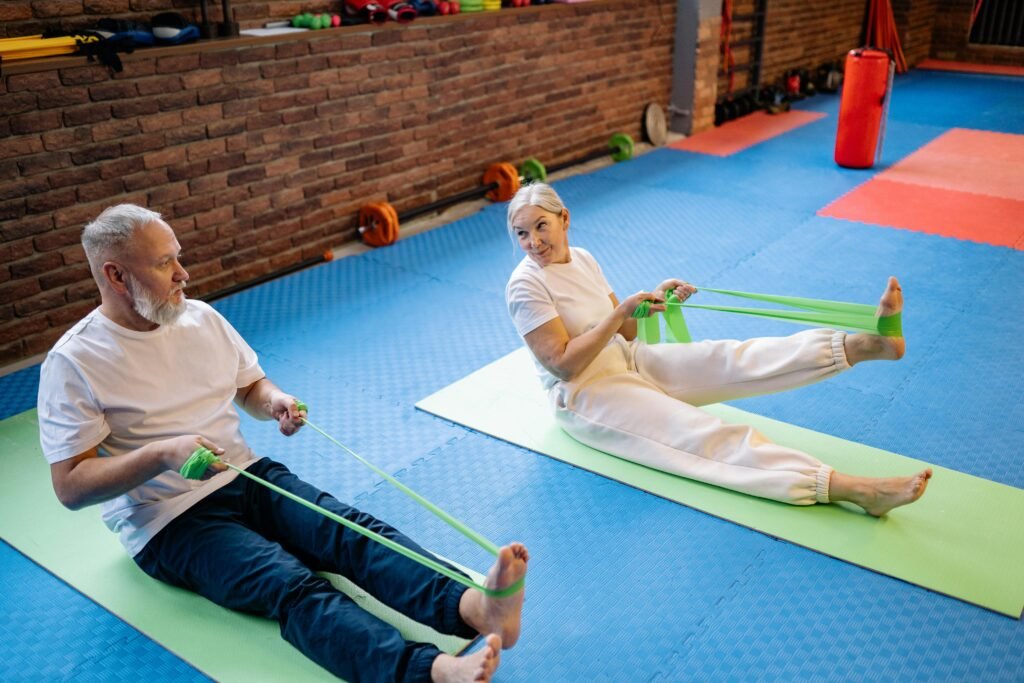Introduction
Dumbbells are one of the most versatile and widely used pieces of fitness equipment today. But did you know that their history dates back thousands of years? From ancient Greece to the modern era, dumbbells have played a significant role in strength training, physical culture, and even sports. In this article, we’ll take a journey through time to explore the fascinating history of dumbbells and how they’ve evolved into the essential workout tools we know today.
Ancient Origins
Ancient Greece: The Birthplace of the Haltere
The earliest known form of the dumbbell can be traced back to ancient Greece around the 5th century BCE. Greek athletes used a device called a haltere, which was a curved weight primarily used in long jump training. Athletes would swing the halteres to gain momentum before releasing them, allowing for longer jumps.
But the haltere wasn’t just limited to long jump events. Greek athletes also used these weights for general strength training, much like how we use dumbbells today. The haltere was an important tool for building strength and improving athletic performance, and it laid the foundation for the development of modern dumbbells.
Ancient India: The Nal – A Traditional Strength Tool
Across the world in ancient India, a similar tool called the nal was used for physical training. The nal consisted of a wooden bar with stone weights attached at either end, resembling modern dumbbells. It was particularly popular among wrestlers and soldiers, who used it to build strength and endurance. The nal became an integral part of traditional Indian physical culture, emphasizing functional strength and combat readiness.
Renaissance and Early Modern Period
Europe: The Revival of Weight Training
During the Renaissance, the use of weights for physical training experienced a resurgence in Europe. Stone and metal weights, which closely resembled modern dumbbells, were used by athletes and soldiers to build strength and improve physical conditioning. This period marked the beginning of a more systematic approach to strength training, as people began to recognize the benefits of regular exercise for health and fitness.
Etymology: The Origin of the Term “Dumbbell”
The term “dumbbell” itself is believed to have originated in the early 18th century. It referred to apparatuses that resembled the clappers of a bell but made no sound when used, hence the name “dumb” (silent) bell. These early dumbbells were often used for arm exercises and calisthenics, and they quickly gained popularity among those interested in physical fitness.
19th Century: The Rise of Dumbbells in England
Growing Popularity in England
The 19th century saw a significant increase in the popularity of dumbbells, especially in England. As physical fitness became an important aspect of education and health, dumbbells became a key tool for exercise. Schools, military institutions, and private individuals all embraced dumbbell training as a way to build strength, improve posture, and enhance overall well-being.
Eugene Sandow: The Father of Modern Bodybuilding
One of the most influential figures in promoting the use of dumbbells during this time was Eugene Sandow, a strongman and bodybuilder often referred to as the “Father of Modern Bodybuilding.” Sandow traveled across Europe and the United States, performing strength demonstrations and advocating for using dumbbells and other weights to build muscle and achieve optimal fitness. His influence helped to popularize weight training and set the stage for the modern fitness industry.
20th Century: Global Spread and Innovation
Industrial Revolution and Commercial Production
The Industrial Revolution and advancements in manufacturing technology made it possible to produce dumbbells on a larger scale. Companies began to manufacture and sell dumbbells for home and gym use, making them more accessible to the general public. This period also saw the introduction of adjustable dumbbells, allowing users to change the weight plates to suit their needs and strength levels.
Fitness Boom of the 1970s and 1980s
The fitness boom of the 1970s and 1980s further popularized the use of dumbbells. Increased awareness of the importance of health and physical fitness led to a surge in gym memberships and home workouts. Fitness icons like Arnold Schwarzenegger showcased the effectiveness of dumbbells in their training routines, inspiring millions of people to incorporate them into their own fitness regimens.
Modern Era: Innovations and Versatility
Design Innovations and Smart Technology
In the modern era, dumbbells have continued to evolve with new designs and materials. Today’s dumbbells come in a variety of styles, including fixed-weight, adjustable, and even smart dumbbells equipped with integrated technology for tracking workouts. These innovations have made dumbbells more versatile and user-friendly, catering to a wide range of fitness goals and preferences.
Materials: Rubber, Neoprene, Steel, and Iron
Modern dumbbells are made from various materials, each offering unique benefits. Rubber-coated dumbbells provide a durable and quiet workout experience, while neoprene dumbbells offer a softer grip and are ideal for home use. Steel and iron dumbbells are favored by powerlifters and strength enthusiasts for their durability and weight capacity.
Smart Dumbbells: The Future of Fitness
One of the most exciting developments in recent years is the rise of smart dumbbells. These high-tech devices connect to apps and devices, providing real-time feedback on your form, reps, and progress. Whether you’re a beginner or an advanced athlete, smart dumbbells offer a personalized and data-driven approach to strength training, helping you achieve your fitness goals more efficiently.
Fitness Culture: The Pandemic and Beyond
Home Workouts: A New Normal
The COVID-19 pandemic significantly boosted the popularity of home workouts, leading to a surge in demand for home fitness equipment, including dumbbells. With gyms closed or operating at reduced capacity, many people turned to dumbbells as a convenient and effective way to stay fit from the comfort of their homes. The versatility of dumbbells, combined with their compact size and affordability, made them a top choice for home exercisers.
Versatility: A Staple in Gyms and Homes
Today, dumbbells are a staple in both gyms and homes worldwide. Their ability to perform a wide range of exercises, from strength training to endurance and rehabilitation, makes them an indispensable tool for anyone looking to improve their fitness. Whether you’re a seasoned athlete or just starting your fitness journey, dumbbells offer endless possibilities for building strength, burning fat, and achieving your fitness goals.





